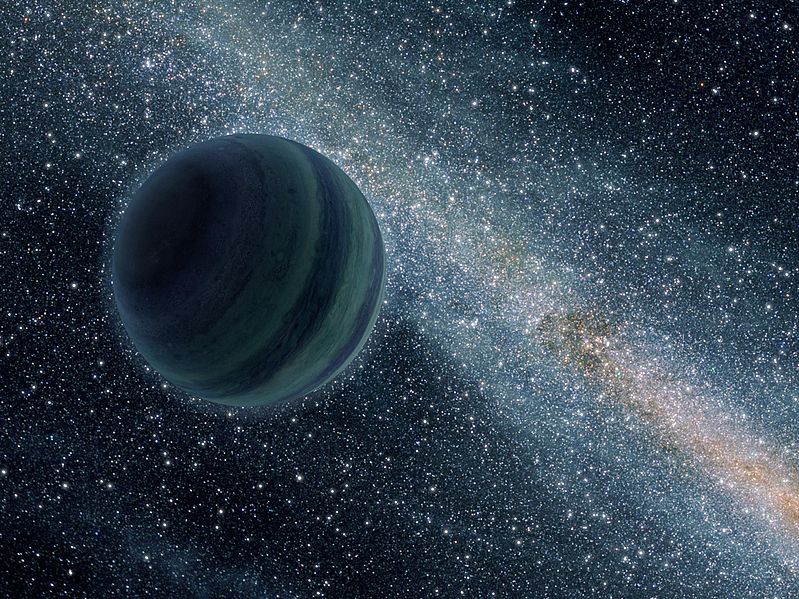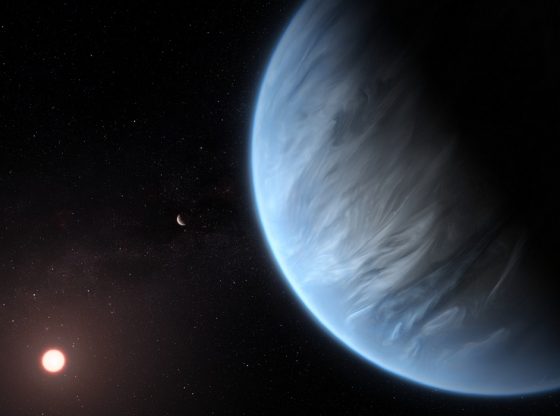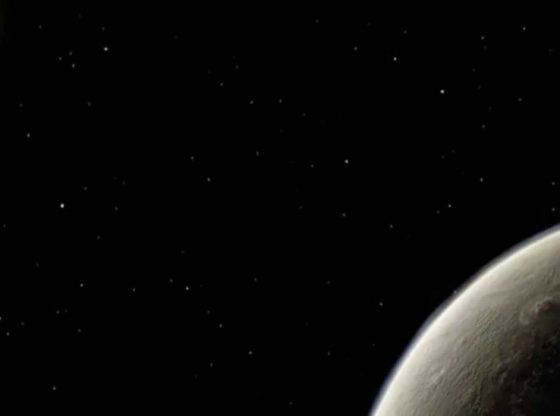
Rogue planets are free-floating planets roaming interstellar space between and beyond any solar system. And astronomers have calculated that there can be as many as 200 billion rogue planets in the Milky Way alone.
These rogue planets have previously been believed to be results of ejections from solar systems, for one reason or another. But now following analysis of observations made by Swedish and Finnish astronomers, new evidence has emerged providing deeper insight into what could be natural incubators for these strange planets.
The team believes that at least a portion of them may have been formed by their own beyond planetary systems, within dark clouds in space. These dark clouds have now been closely examined by the astronomers, particularly those found within the Rosette Nebula. When examining that nebula they detected more than a hundred of these tiny clouds, now named “globulettes”.
These clouds are small in an astronomic sense, about 50 times the distance between the Sun and Neptune (the planet furthers from our Sun). They have a density less than 13 times the mass of Jupiter. But this is relatively dense for such a large object nevertheless and this implies that they may sometimes collapse under their own weight – and thereby create rogue planets or even brown dwarfs (which are too low in mass to sustain fusion reactions within their cores).
A typical globulette have an initial mass of about 29.5 Jupiter masses and a lifetime of 50,000 yrs. They are believed to form together with young stars, but then broken off these immense gas clouds and instead accelerated away and are now giving birth to planets on their own. Perhaps there are plenty of dark planetary systems without a host star roaming around the galaxy. If so, these would be very difficult to see for astronomers.
_______________
Mass and motion of globulettes in the Rosette Nebula
Mass and motion of globulettes in the Rosette Nebula Harvard
______________________________











![OpenAI. (2025). ChatGPT [Large language model]. https://chatgpt.com](https://www.illustratedcuriosity.com/files/media/55136/b1b0b614-5b72-486c-901d-ff244549d67a-350x260.webp)
![OpenAI. (2025). ChatGPT [Large language model]. https://chatgpt.com](https://www.illustratedcuriosity.com/files/media/55124/79bc18fa-f616-4951-856f-cc724ad5d497-350x260.webp)
![OpenAI. (2025). ChatGPT [Large language model]. https://chatgpt.com](https://www.illustratedcuriosity.com/files/media/55099/2638a982-b4de-4913-8a1c-1479df352bf3-350x260.webp)








